
The Messerschmitt Bf 108 Taifun was a German single-engine sport and touring aircraft, developed by Bayerische Flugzeugwerke in the 1930s. The Bf 108 was of all-metal construction.

The Caproni Bergamaschi AP.1 was an Italian monoplane attack aircraft designed by Cesare Pallavicino, coming from the Breda firm.

The Caproni Ca.309 Ghibli was an Italian aircraft used in World War II. Its nickname 'Ghibli' refers to a desert wind that later served as the inspiration for animation Studio Ghibli's name.

The Caproni Ca.135 was an Italian medium bomber designed in Bergamo in Italy by Cesare Pallavicino. It flew for the first time in 1935, and entered service with the Peruvian Air Force in 1937, and with the Regia Aeronautica in January 1938.

The Caproni Ca.165 was an Italian biplane fighter developed just before World War II, but produced only as a prototype, as the competing Fiat CR.42 Falco was selected for series production.

The Caproni Vizzola F.5 was an Italian fighter aircraft that was built by Caproni. It was a single-seat, low-wing cantilever monoplane with retractable landing gear.
The Piaggio P.32 was an Italian medium bomber of the late 1930s, produced by Piaggio, and designed by Giovanni Pegna. It was a modern design for its time, but was a failure due to lack of powerplants commensurate with its high wing loading.
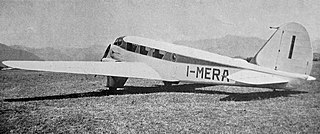
The Caproni Ca.308 Borea was a small airliner built in Italy in the mid-1930s.

The Fieseler Fi 97 was a 1930s German four-seat cabin touring and competition monoplane aircraft designed and built by the German manufacturer Fieseler.

The Klemm Kl 36 is a 1930s German four-seat cabin touring and competition monoplane. It was designed by Klemm and Friedrich Fechner and built by Klemm.
The Caproni-Campini Ca.183bis was an Italian projected high-altitude fighter intended to have both piston and jet propulsion.

The Caproni Vizzola F.4 was an Italian fighter aircraft prototype that was designed in 1937 and built from 1939. It was a single-seat, low-wing cantilever monoplane with retractable landing gear.

The Caproni Vizzola F.6 was a World War II-era Italian fighter aircraft built by Caproni. It was a single-seat, low-wing cantilever monoplane with retractable landing gear. Only two prototypes were built, one designated F.6M and the other designated F.6Z.
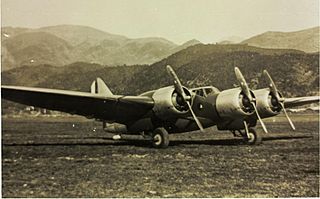
The Piaggio P.16 was an Italian heavy bomber designed and built by Piaggio for the Regia Aeronautica.

The Breda Ba.33 was an Italian light sport aircraft designed and built by the Breda company.
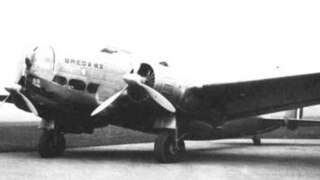
The Breda Ba.82 was an Italian medium bomber prototype of the late 1930s; it was designed and built by the Breda company.
The Caproni Ca.350 was an Italian single-engined project for a two-seat fighter-bomber/reconnaissance aircraft of the 1930s. Designed by Cesare Pallavicino to meet a requirement of the Regia Aeronautica, it was an innovative and fast design, to have been powered by an Isotta Fraschini Zeta R.C.42, but no aircraft were built.
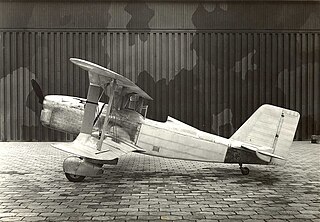
The Caproni Ca.603 was an aerobatic training aircraft built in Italy by Caproni in the early 1940s.
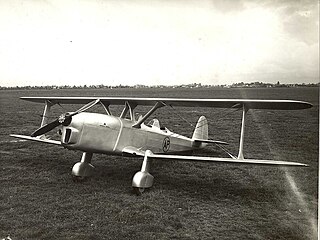
The Caproni Ca.602 was a two-seat training aircraft built in Italy by Caproni in the 1930s at the Aeronautica Predappio factory. A single-seat aerobatic trainer was also built, as the Caproni Ca.603, featured reduced wing area, strengthened structure and inter-connected ailerons on upper and lower mainplanes.
The Caproni Ca.225 was a twin-engine attack bomber design proposed by Caproni in the mid-1930s.

















